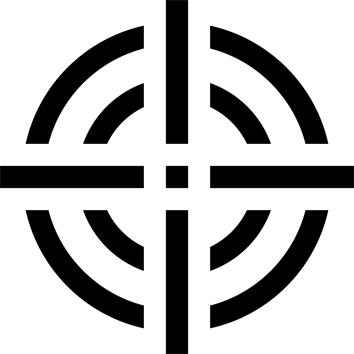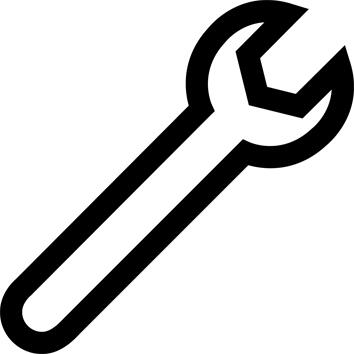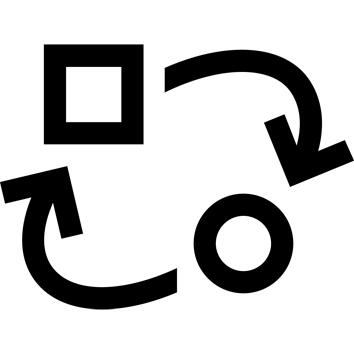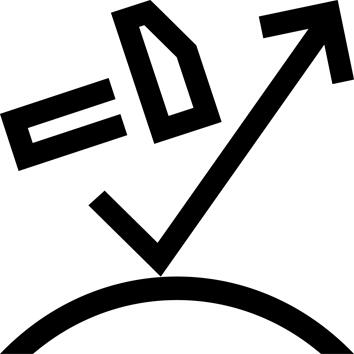The weight of your cue
For beginners, you should opt for a heavy cue to get a better feel for the propulsion gesture. At 122 cm, your cue weighs around 365 g, or 17 oz (10% tolerance). Precise weight cannot be guaranteed: the density of wood fiber, even for the same wood species, varies from one forest to another; within the same tree there can be significant variations, depending on exposure to sunlight and the section harvested (bole, crown, top).
The dimensions of your cue. Why a smaller cue?
Your snooker cue measures 122 cm, or 48 inches (1 inch = 2.54 cm).
The cue's reduced size ( format ) makes it easier to play in small spaces. It's also ideal for smaller players and children. Our tip for determining the ideal size for your cue: the end of the cue should reach your shoulder.
Why can't we guarantee the straightness of our cues?
Each of our billiard cues is manufactured. As they leave the factory, they are individually checked for straightness, piece by piece. However, as billiard cues are made of wood, they are subject to variations in temperature and humidity during transport and storage. These external conditions can affect their straightness over time.
This difficulty of cue stability, inherent in their design, applies to all cues on the market.
Why yellow poplar?
This discovery 300 UK/SNK cue is made of poplar.
Poplar is a soft wood species often used for furniture, thanks to its technical characteristics and accessibility. Its major advantage is that it dries quickly without warping and grows straight (which gives it the advantage of natural straightness). This makes it an ideal choice for billiard cues, which need to be as straight as possible.
Physical properties and technical data of yellow poplar
Poplar's coefficient of failure stress in compression and its coefficient of failure stress in static bending are 35 MPa and 62 MPa respectively (at 12% humidity).
To put it another way and more simply: this poplar cue is strong, solid and stable.
It is, however, less so than cues made from maple or ash. These two types of wood have characteristics that make them more solid and stable (and more expensive).
How to preserve your cue?
To preserve your cue, we advise you to keep it away from humidity and temperature changes.
After each game, store it flat in a cover or storage case: letting it rest against a wall could deform it. If you don't have a cover, keep your cue as upright as possible, using a cue rack for example, to preserve its straightness and prevent warping.
Did you know? The process of your cue can be maintained.
Whether due to temperature changes or simply wear and tear, your cue's process becomes damaged and loses precision. So it's important to maintain it regularly. To do so, nothing could be simpler:
1/ Remove the damaged cue tip
2/ Sand the new one with sandpaper
3/ Glue the cue tip
4/ Work the cue tip with a cutter
Our product engineer tells you more > https://support.decathlon.fr/changer-un-procede-comment-reparer-une-queue-de-billard
Why a one-piece tail?
This is a one-piece cue: straighter, stronger and more durable than split cues. Although less easy to transport (since it's made in one piece), it's quick and easy to use at home: a one-piece cue requires no assembly, and is ready to play, immediately!
Team tip: how to hold your cue properly?
For correct positioning, the cue should be held as horizontally as possible to the billiard table. Your forearm and wrist should be completely vertical to the cue. When filing, only the elbow joint comes into play. The shoulder joint remains fixed, while the wrist joint is flexible to prevent the cue from rising at the end of the movement. Your whole body must remain motionless, with only your forearm moving.
Which cue for which use?
Billiards is rich in the diversity of its practices: American, English, French, snooker... and so many others!
Each discipline has its own rules, its own mindset... But also a specific use, for larger or smaller balls.
Choosing the right cue starts with knowing which discipline it will be used for!
Here are the process sizes generally used:
> US billiards: 13 mm
> French billiards: 11-12 mm
> snooker: 9-10 mm
> blackball: 8-9mm




